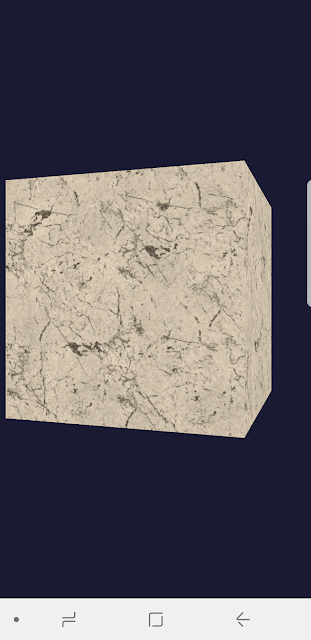Shadow Mapping and Shadow Volumes
Abstract
In recent years, both Williams’ original Z-buffer shadow mapping algorithm [Williams 1978] and Crow’s shadow volumes [Crow 1977] have seen many variations, additions and enhancements, greatly increasing the visual quality and efficiency of renderings using these techniques. Additionally, the fast evolution of commodity graphics hardware allows for a nearly complete mapping of these algorithms to such devices (depending on the GPU’s capabilities) which results in real-time display rates as seen in the real-time version of Pixar’s Luxo Jr and the use of hardware shadow maps therein. In this article, we describe the major contributions since Williams’ and Crow’s original publications in 1978 and 1977 respectively, briefly present both the shadow mapping (which is computed in image space) and the shadow volume algorithms, present more sophisticated approaches to shadow mapping which are better suited to high quality off-line renderers and describe the aliasing problems inherent in all shadow algorithms which operate in image space (and proposed solutions). Finally, we describe new extensions to the existing algorithms such as perspective shadow maps as described by [Stamminger and Drettakis 2002] in the 2002 SIGGRAPH conference, and robust stenciled shadow volumes by Mark Kilgard [Everitt and Kilgard 2002].



Comments
Post a Comment